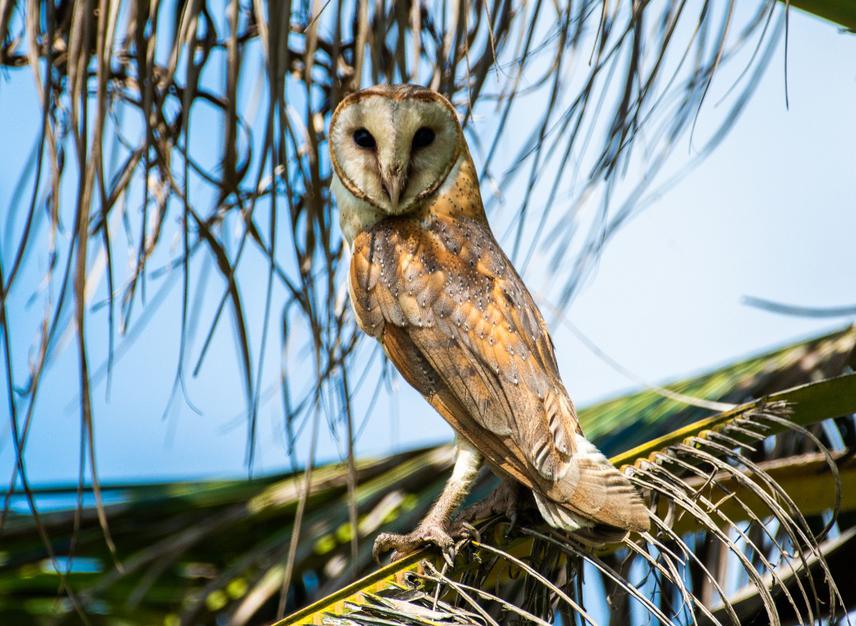Shakinah Ravindran
Biomonitoring studies regarding exposure to apex predators could provide valuable information on bioaccumulation of pesticides within food webs. Southeast Asian barn owls (Tyto javanica javanica) are commonly present in most oil palm landscapes and rice fields as they are often part of Integrated Pest Management strategies. The long history of ecotoxicological research of anticoagulant rodenticides and barn owls, an understanding of contamination in the species and the potential to obtain non-destructive samples (such as pellets) for analysis are characteristics that make barn owls ideal for biomonitoring pesticide levels in agricultural areas in Southeast Asia.

This study will be conducted under the Barn Owl and Rodent Research Group (BORG) of Universiti Sains Malaysia, which carries out research towards the conservation of barn owls in Malaysia. The main objective of this study is to investigate the threat of anticoagulant rodenticides and pesticides used in agriculture, especially in oil palm plantations, towards the Southeast Asian barn owls. Biomonitoring of rodenticide and pesticide levels in barn owls could be an indicator of exposure levels towards other non-target animals that frequently forage in oil palm plantations. We will analyse barn owl carcasses, fresh pellets and nonviable eggs for the presence of anticoagulant rodenticides, pyrethroid insecticides and herbicides commercially available and widely used in Malaysia. We will also test for presence of banned pesticides, i.e., DDT, paraquat and carbofuran. Furthermore, we will carry out surveys for barn owl carcasses and conduct post-mortem examinations to determine mortality causes of barn owls. In addition, we will also investigate the knowledge, attitude and perception (KAP) of the local community towards barn owls. The relationship between barn owls and surrounding humans has yet to be thoroughly explored in Malaysia, where local beliefs and myths could influence the attitude and acceptance of people towards the presence of barn owls.
We hope this study will be able to indicate the suitability of utilizing barn owls for biomonitoring of anticoagulant rodenticides and pesticides used in oil palm plantations. One main outcome we hope to obtain from this work is the basis for education and awareness campaigns regarding pesticide use and effects to non-target wildlife. As there is yet to be a focused study on anticoagulant rodenticide and pesticide exposure and barn owl mortality in Malaysia, we hope this study will be able to answer this gap in knowledge. Furthermore, we hope this study will help identify pesticides that can bioaccumulate in the environment.